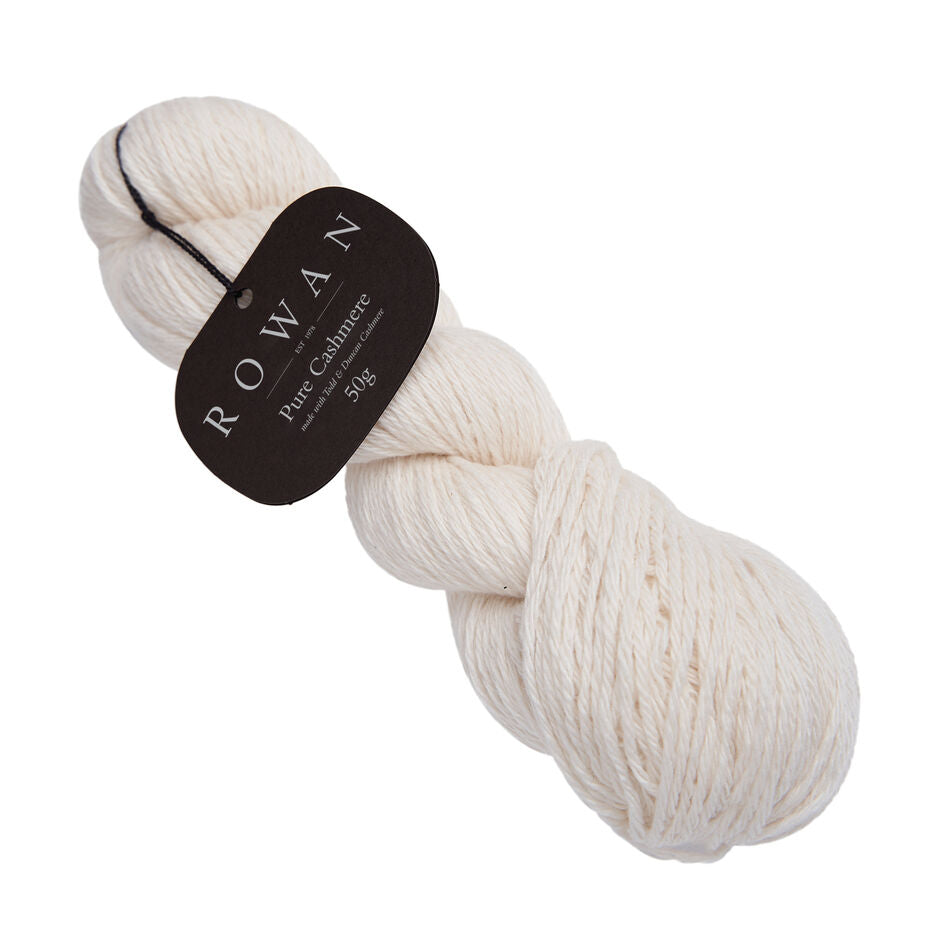What Is Cashmere and Why It’s a Key Item in Every Fashion Lover’s Wardrobe
What Is Cashmere and Why It’s a Key Item in Every Fashion Lover’s Wardrobe
Blog Article
Exploring the Different Kinds Of Cashmere a Natural Fiber for Ultimate High-end
Cashmere, a natural fiber, is typically linked with high-end and convenience. The a lot more inexpensive Chinese cashmere, the conventional Scottish variation, and the premium Italian mix, all inform a various tale of this exceptional fiber.
Recognizing the Lavish Nature of Cashmere
Cashmere, frequently related to high-end and comfort, holds a distinct allure on the planet of natural fibers. This soft, light-weight product is wanted for its phenomenal heat and exceptional longevity. Unlike various other natural fibers, cashmere combines insulation with breathability, providing exceptional comfort across differing temperature levels. Its shiny surface and soft structure add to its premium charm, justifying the costs rate that commonly includes cashmere garments. Additionally, cashmere's inherent crease resistance and elasticity enhance its worth, making it a recommended option for premium apparel and devices. Despite its fragile appearance, cashmere possesses a shocking durability, able to retain its form and glamorous feel in time. This unique mix of attributes cements cashmere's placement as a sign of beauty and extravagance.
Simply What Is Cashmere and Where Does It Come From?

Provided these exceptional high qualities, one could question the beginning and make-up of this glamorous fiber. Cashmere is stemmed from the soft undercoat of cashmere goats, primarily found in Mongolia, China, Iran, and Afghanistan - is cashmere a natural fiber. These goats are adjusted to harsh climatic problems, generating an incredibly fine, soft underfur as a protection versus the bitter cold. This underfur, or undercoat, is what is collected for cashmere. Each spring, when the goats naturally dropped their wintertime layer, farmers brush out the fine underhair, leaving the coarser hair behind. This precise process adds to the shortage and high price of cashmere. With its beginning in the harsh landscapes of Asia, cashmere is a testament to nature's ability to produce high-end from misfortune.
Translating the Various Sorts Of Cashmere
Recognizing the various kinds of cashmere is crucial to valuing the high quality and distinct attributes of this extravagant material. Normally, cashmere is categorized into 3 kinds: raw, virgin, and reused. Raw cashmere is directly obtained from the goat and is unprocessed. This kind usually has contaminations such as dust and coarse hair. Virgin cashmere, on the other hand, is the pure, unrecycled product that is find more rotated into yarn for the very first time. It is the softest and most lavish. Recycled cashmere is made from virgin material that has actually been formerly utilized. It is re-spun and used in generating lower-cost cashmere products. Decoding these kinds is the initial step in understanding the exclusivity and value of cashmere.

The Distinct Attributes of Each Kind Of Cashmere
Having actually checked out the various classifications of cashmere, it ends up being evident that each kind boasts its distinct set of qualities. Mongolian cashmere, for instance, is renowned for its exceptional quality, due to Mongolia's harsh winters that produce longer and Read Full Report finer fibers. Alternatively, Chinese cashmere is often extra affordable, though its much shorter fibers can lower longevity. Scottish cashmere is commemorated for its charming gentleness, a result of the conventional water cleaning process using Scotland's soft water. Italian cashmere, at the same time, is renowned for its masterful blending and tinting methods, rendering it vivid and functional. Indian cashmere, also recognized pop over here as Pashmina, is cherished for its incredible agility and warmth. Each type, thus, adds to the fabric's online reputation for high-end.
Why Cashmere Is the Epitome of High-end in vogue
Cashmere holds a renowned placement in the world of fashion, regarded as a symbol of luxury and elegance. Its attraction is not just in its gentleness and heat, but likewise in its rarity and the thorough process included in its purchase. Cashmere is stemmed from the great undercoat of Himalayan goats, known for their remarkable top quality fiber. The scarcity of this fiber, combined with the labor-intensive process of collection, adds to its high cost and unique standing. Furthermore, cashmere's unequaled convenience and durability make it a popular material in the development of premium garments. Its natural lightweight and insulating homes include to its worth, making it the embodiment of deluxe in vogue.
The Process of Making Cashmere: From Goat to Garment
The journey of cashmere, from being an undercoat of a Himalayan goat to a lavish garment, is a complex one. This blend is after that fastidiously separated, with just the soft down made use of for cashmere. From goat to garment, each action is a testament to the patience, creativity and ability involved in crafting cashmere.

Final Thought
In final thought, cashmere, with its natural style and unmatched convenience, preponderates on the planet of deluxe fashion. The diversity in kinds, ranging from the soft Mongolian, light-weight Indian Pashmina, budget friendly Chinese, typical Scottish, to the vibrant Italian, reveals the convenience of this natural fiber. The scrupulous procedure of transforming it from a goat to a garment better includes to its exclusivity, making cashmere the embodiment of elegance and deluxe.
Cashmere, a natural fiber, is frequently linked with high-end and convenience (is cashmere a natural fiber).Cashmere, typically associated with high-end and convenience, holds a special allure in the globe of all-natural fibers. Unlike other all-natural fibers, cashmere combines insulation with breathability, providing unmatched comfort throughout varying temperature levels. Cashmere is derived from the soft undercoat of cashmere goats, mostly found in Mongolia, China, Iran, and Afghanistan. Cashmere is obtained from the great undercoat of Himalayan goats, understood for their premium quality fiber
Report this page